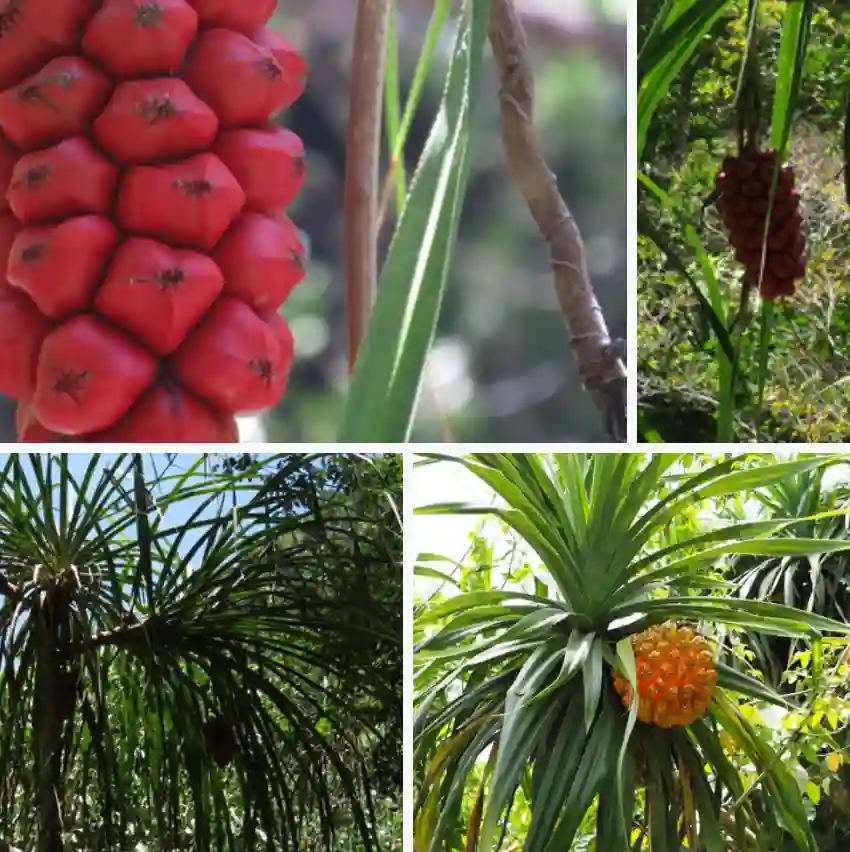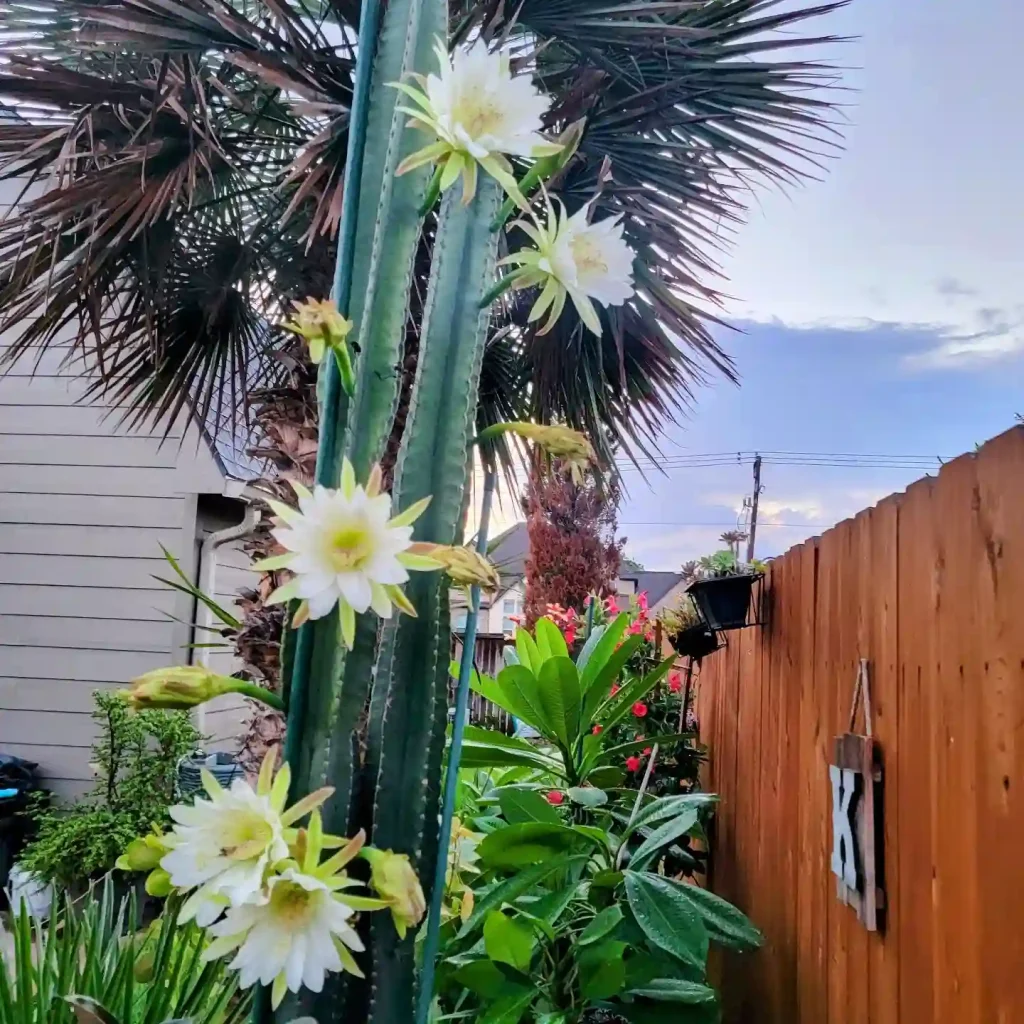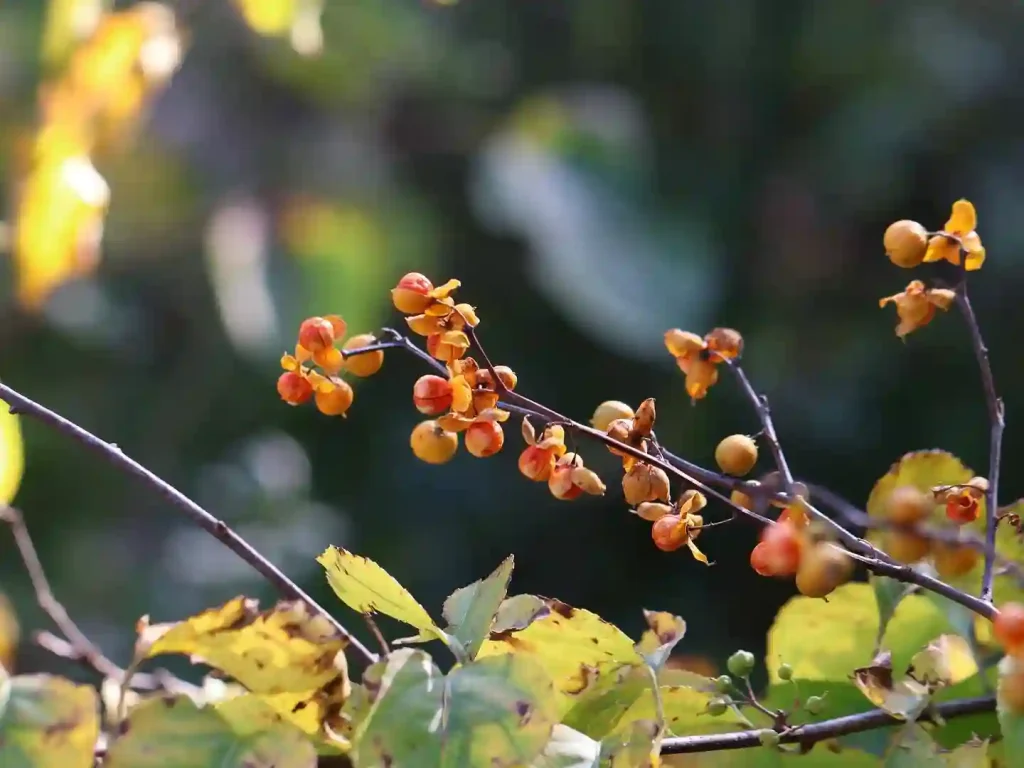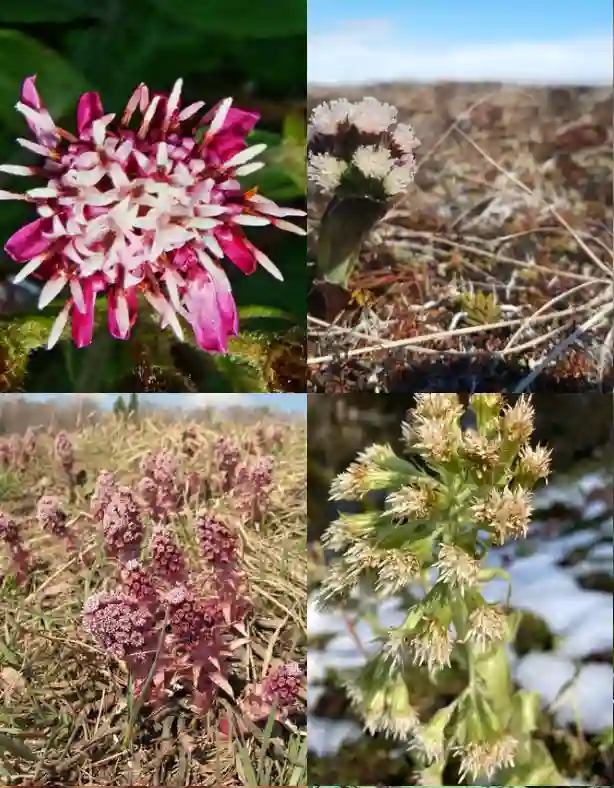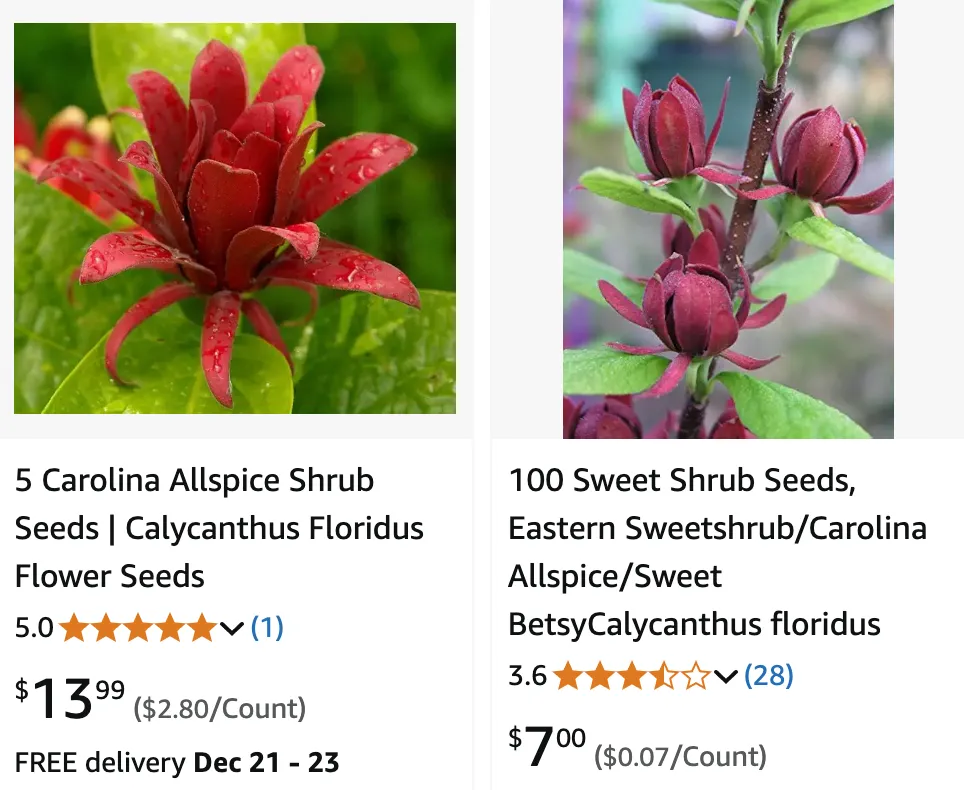
December 14 – Calycanthus
"Calycanthus, the sweetshrub, represents December 14."
Calycanthus symbolizes sweetness and adaptability. Your ability to remain calm and sweet under pressure is admirable. Like its fragrant flowers, you bring a pleasant atmosphere wherever you go.
The Alluring Aroma of Calycanthus: A Personal Exploration
My name is Ferb Vu, and I’ve always been drawn to the subtle wonders of the natural world. There’s a particular genus of flowering plants that has captured my attention recently: Calycanthus, more affectionately known as sweetshrub or allspice. These deciduous shrubs belong to the Calycanthaceae family, native to North America, possess an understated beauty and an intoxicating fragrance that lingers in the air, transporting me to a place of tranquility.
Unmasking the Sweetshrub
What strikes me most about Calycanthus is the unique structure of its flowers. Unlike most blooms with distinct petals and sepals, sweetshrub flowers boast a mesmerizing spiral of tepals – a combination of the two. These tepals, often in shades of deep red or maroon, create a captivating visual display. But the true magic lies in their aroma. Imagine a blend of ripe fruit, warm spices, and a hint of wine – that’s the essence of Calycanthus. It’s a scent that evokes nostalgia, comfort, and a sense of connection to the earth.
A Diverse Family
While the genus might seem uniform at first glance, a closer look reveals fascinating diversity. Here are:
- Calycanthus brockianus is a rare and relatively new hybrid with an impressive combination of characteristics from its parent species. It features large, cream-to-pale pink flowers with a subtle fruity fragrance, resembling those of Calycanthus chinensis. Its foliage is dark green and glossy, providing a lush backdrop for the blooms. This hybrid is valued for its adaptability and the beauty it brings to garden settings, making it popular among collectors and gardeners looking for a unique addition.
- Calycanthus chinensis, also known as the Chinese sweetshrub, is native to China and known for its unique, large, white flowers with contrasting purple centers. It is visually striking, blooming in early summer with a delightful fragrance. Its leaves are smooth, bright green, and can turn a soft yellow in the fall, providing seasonal interest. The species is less hardy than other Calycanthus varieties, so it is often cultivated in milder climates or protected areas where its beauty can thrive.
- Calycanthus floridus, commonly referred to as the Eastern sweetshrub or Carolina allspice, is native to the southeastern United States and is cherished for its rich, spicy fragrance. Its dark red to maroon flowers bloom in late spring and are known for their unique, almost woody scent. The shrub has a dense growth habit with large, aromatic leaves that turn a warm yellow in fall. Its hardy nature and strong fragrance make it a popular choice for naturalized gardens and scented borders. Plant FAQs: Calycanthus Floridus
- Calycanthus occidentalis, also known as Western sweetshrub or California spicebush, is native to the western United States, particularly California and Oregon. Its flowers are a deep burgundy, sometimes with a hint of purple, and bloom in late spring to early summer. While the fragrance is less intense than Calycanthus floridus, it still has a pleasant, mild aroma. It thrives near water sources, like streams or rivers, and its lush green foliage adds a tropical feel to the landscape. This species is drought-tolerant once established, making it ideal for xeriscaping and water-conscious gardens. Plant FAQs: Calycanthus Occidentalis
The classification of Calycanthus has been subject to some debate among botanists, with some recognizing additional species or subspecies. This ongoing exploration highlights the dynamic nature of taxonomy and the ever-evolving understanding of the natural world.
More Than Just a Pretty Face
Beyond their ornamental value, Calycanthus plants have a rich history of practical uses. Native Americans utilized various parts of the plant for medicinal purposes, treating ailments such as coughs, colds, and even nausea. The aromatic bark and wood were also employed in basketry and crafts.
In modern times, Calycanthus continues to be valued for its versatility. The fragrant flowers can be dried and used in potpourris or sachets, infusing homes with their delightful scent. Extracts from the plant are also used in perfumery, adding a unique and captivating dimension to fragrances.
Cultivating Curiosity
My fascination with Calycanthus extends beyond its beauty and fragrance. It’s a reminder of the intricate connections within the natural world and the ongoing dance between humans and plants. Each species within the genus tells a story of adaptation, evolution, and resilience.
As I continue to explore the world of Calycanthus, I’m filled with a sense of wonder and appreciation for the subtle complexities of the plant kingdom. These unassuming shrubs, with their captivating aroma and rich history, serve as a testament to the enduring power of nature to inspire and delight.
If i die, water my plants!
